Home>Garden Essentials>Where Was Seed Drill Invented
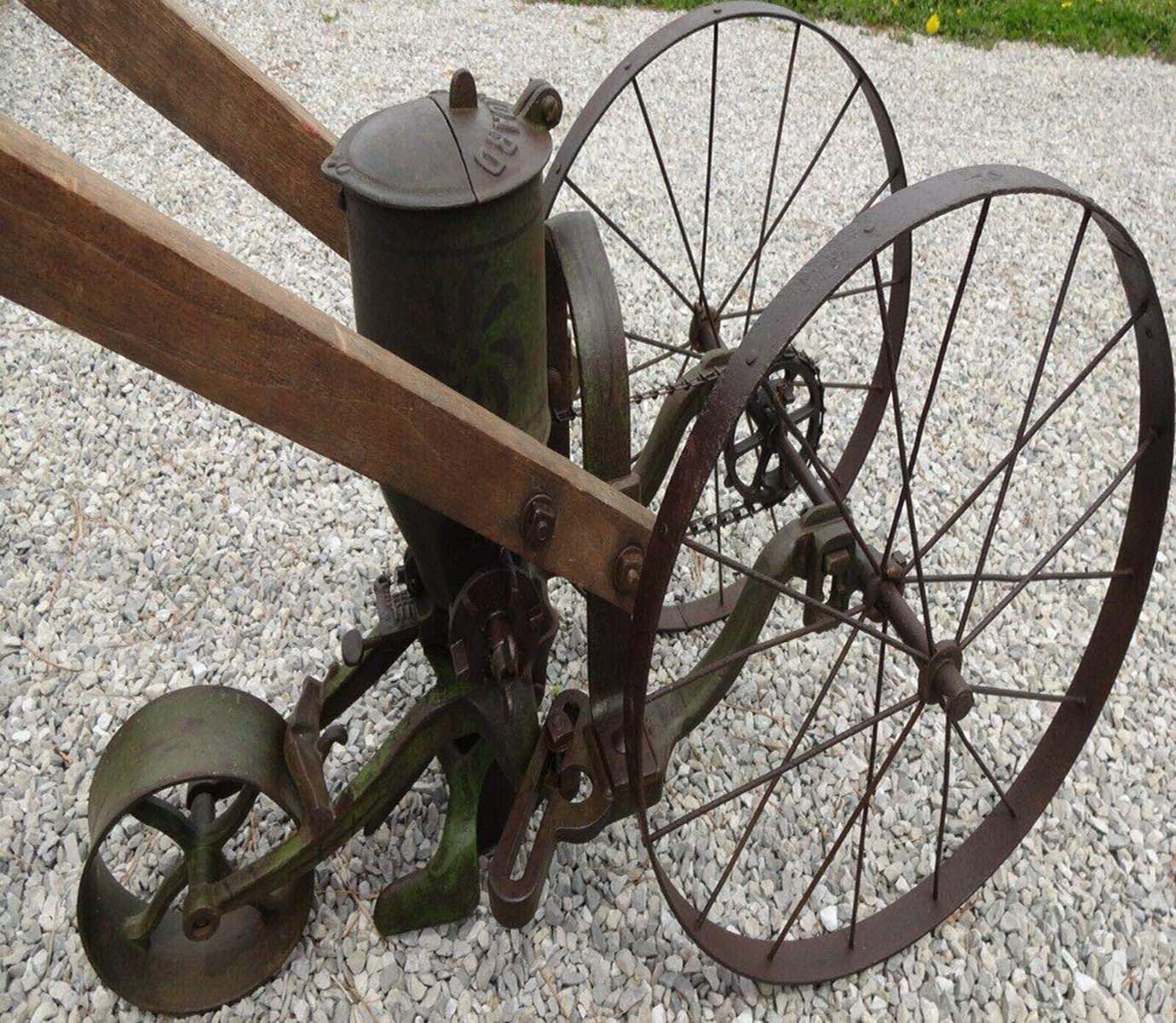

Garden Essentials
Where Was Seed Drill Invented
Modified: March 15, 2024
Discover the history of the seed drill and where it was invented in this informative article. Explore how this innovative gardening tool revolutionized planting practices in gardens.
(Many of the links in this article redirect to a specific reviewed product. Your purchase of these products through affiliate links helps to generate commission for Storables.com, at no extra cost. Learn more)
Introduction
Gardening is a beloved pastime for many, and one of the key aspects of successful gardening is planting seeds. While planting seeds by hand can be an effective method, there are also tools available to make the process easier and more efficient. One such tool is the seed drill, a device that revolutionized agriculture by automating the planting of seeds in rows.
The seed drill not only saves time and effort for gardeners and farmers, but it also ensures that seeds are planted at consistent depths and intervals, leading to more uniform growth and higher crop yields. With its invention, the efficiency and productivity of planting seeds in gardens and fields alike were significantly improved.
In this article, we will delve into the fascinating history of the seed drill and explore some notable inventors who contributed to its development.
Key Takeaways:
- The seed drill is a cool gardening tool that helps plant seeds in neat rows, saving time and making sure the seeds grow well. It was invented by smart people like Thomas Jefferson and Jethro Tull.
- The seed drill makes gardening and farming easier by planting seeds precisely. It was improved over time by clever inventors like Leonhard Rauwolf. This tool helps farmers grow more food efficiently.
Read more: Where And When Was The Seed Drill Invented
What is a Seed Drill?
A seed drill is a gardening or farming tool used to mechanize the process of planting seeds. It is designed to create evenly spaced rows of seeds with a consistent depth, ensuring optimal conditions for germination and growth. By mechanizing this process, the seed drill improves efficiency, saves time and labor, and increases the success rate of seed germination.
A typical seed drill consists of a hopper or container to hold the seeds, a mechanism to meter and distribute the seeds, and a series of discs or coulters to create furrows in the soil for the seeds to be placed into. Some seed drills also have attachments to cover the seeds with soil after planting.
Seed drills come in a range of sizes and designs, suited for different applications and scales of planting. Small handheld seed drills are commonly used in home gardens, allowing gardeners to precisely plant seeds without having to bend over or measure distances manually. On the other hand, large-scale agricultural seed drills are towed by tractors and can cover vast areas of farmland in a short time.
One of the key advantages of using a seed drill is that it eliminates the need for manual seed placement, saving considerable time and effort. In traditional hand seeding, seeds may be scattered and sown unevenly, resulting in poor germination and wasted seeds. With a seed drill, seeds are evenly distributed at the desired spacing, ensuring that each seed has enough space, nutrients, and moisture to grow. This promotes consistent and uniform plant growth, ultimately improving crop yields.
Additionally, seed drills can often accommodate different seed sizes and planting depths, making them versatile tools for various types of plants and planting preferences. Many seed drills also have adjustable settings to control the seed spacing and depth, allowing for customization based on the specific requirements of different crops.
Overall, the seed drill is an invaluable tool for gardeners and farmers alike, enabling efficient and precise seed planting, leading to better plant growth, and ultimately increasing the success of gardening and agricultural endeavors.
Historical Background
The concept of mechanized seed planting dates back centuries, with various civilizations across the world developing different methods and tools for efficient planting. However, it was the invention of the seed drill that truly revolutionized agriculture and paved the way for modern farming practices.
The use of rudimentary seed drills can be traced back to ancient civilizations such as the Egyptians, Greeks, and Romans. These early devices consisted of simple containers with a tube or chute to direct the seeds onto the soil. While they provided some automation compared to hand seeding, their effectiveness was limited by the lack of proper depth control and consistent seed spacing.
The true breakthrough came during the agricultural revolution in the 18th century when inventors started developing more sophisticated seed drills that addressed the shortcomings of previous designs. Several key figures played a crucial role in perfecting this innovative technology. Let’s explore some notable inventors who significantly contributed to the development of the seed drill.
Thomas Jefferson – The United States
Thomas Jefferson, one of the founding fathers of the United States and the third President of the country, is well-known for his contributions to politics, but he was also an avid gardener and agricultural innovator. He had a deep interest in improving farming practices and actively sought out new agricultural techniques and machinery.
During his tenure as President from 1801 to 1809, Jefferson championed and promoted agricultural advancements, including the use of the seed drill. He studied and experimented with various farming methods and equipment, which he often shared with fellow farmers through his extensive correspondence.
Influenced by the work of English inventor Jethro Tull, Jefferson purchased a seed drill and put it to use on his own plantation, Monticello, in Virginia. He recognized the benefits of the seed drill in simplifying and streamlining the process of planting seeds.
However, Jefferson didn’t stop at simply using the seed drill; he also made improvements to the design. He modified the seed hopper to incorporate a rotating mechanism that allowed for more precise seed distribution, ensuring better seed spacing and reducing seed waste.
Jefferson’s agricultural pursuits and his use of the seed drill were not just limited to his own plantation. He actively advocated for the adoption of this innovative farming tool by American farmers. He believed that implementing such advancements could significantly enhance agricultural productivity and contribute to the overall prosperity of the nation.
Thomas Jefferson’s enthusiasm for agricultural innovation, including his adoption and promotion of the seed drill, left a lasting impact on the farming practices in the United States. His efforts showcased the importance of incorporating modern technology into agriculture to improve efficiency and sustainability.
Today, Jefferson’s legacy lives on as his contributions to the field of agriculture continue to shape farming practices, emphasizing the importance of utilizing tools like the seed drill for more efficient and productive cultivation.
The seed drill was invented in China around 2,000 years ago. It was later improved and popularized in Europe during the 17th century.
Jethro Tull – England
Jethro Tull, an English agricultural pioneer, is widely regarded as one of the key figures in the development of the seed drill. Born in 1674 in Berkshire, England, Tull was a farmer and agricultural writer who dedicated his life to improving farming techniques and equipment.
Tull observed the inefficiencies and limitations of traditional hand seeding methods and sought to find a more efficient and effective solution. In the early 1700s, he began experimenting with various designs and mechanisms to mechanize the process of seed planting.
In 1701, Tull invented and patented his first seed drill, often referred to as the “horse-hoeing husbandry.” This revolutionary device consisted of a wooden frame equipped with rotating cylinders that collected and dispersed the seeds uniformly into the furrows made by the machine.
One of the key innovations of Tull’s seed drill was the use of a series of tubes or pipes which precisely dropped seeds into the soil at the desired depth. This ensured better seed placement and allowed for more efficient use of seeds, reducing waste and improving germination rates.
Furthermore, Tull’s seed drill included a mechanism for covering the seeds with soil after planting, protecting them from being eaten by birds or disturbed by wind and allowing for better seed-to-soil contact.
Tull’s seed drill significantly accelerated the process of seed planting, saving farmers time and labor. The ability to plant seeds in consistent rows also contributed to better crop management and reduced the competition between plants for resources.
Aside from the seed drill, Tull also made significant contributions to soil cultivation techniques. He advocated for the use of horse-drawn “drills” for sowing seeds instead of the traditional practice of broadcasting, in which seeds were haphazardly scattered by hand.
Tull’s revolutionary ideas and inventions were met with resistance from traditionalist farmers and critics. However, his methods gained traction over time, and his agricultural writings, particularly his book “Horse-hoeing Husbandry,” became influential resources for farmers around the world.
Jethro Tull’s innovations, including the seed drill, revolutionized farming practices and laid the foundation for modern agriculture. His commitment to improving productivity and efficiency through mechanization paved the way for future advancements in agricultural technology, benefitting farmers and food production worldwide.
Read more: Where Were Hybrid Seeds Invented
Leonhard Rauwolf – Germany
Leonhard Rauwolf, a German physician, botanist, and traveler, may not be as well-known as some other figures in the history of the seed drill, but his contributions to agricultural innovation are significant.
Born in 1535 in Augsburg, Germany, Rauwolf was a renowned botanist who traveled extensively throughout Europe and the Middle East. During his travels in the late 16th century, he documented various plant species and their uses, bringing back invaluable botanical knowledge to his homeland.
While Rauwolf’s main focus was on botany and medicinal plants, he also recognized the importance of efficient farming practices for sustainable agriculture. During his travels in the Middle East, he encountered a unique method of seed planting that caught his attention.
In the region of Syria, Rauwolf observed local farmers using a manual seed drill-like device known as the “Sethl” or “Zeidels.” This wooden tool had a series of tubes or channels that were filled with seeds, and the farmers would press the tool against the ground, releasing the seeds into the furrows.
Impressed by the efficiency and precision of the “Sethl,” Rauwolf recognized its potential for improving seed planting methods in Germany. He brought back this tool and introduced it to farmers in his homeland, contributing to the adoption of more advanced agricultural practices.
Rauwolf’s travels and his promotion of the “Sethl” played a crucial role in popularizing the use of the tool as a seed drill in Germany. Although the “Sethl” was a simpler form of the seed drill compared to later innovations, it laid the foundation for the development of more advanced and efficient designs in the future.
While Rauwolf’s contributions to the seed drill may not be as well-known as other inventors, his observation and dissemination of innovative agricultural practices from his travels significantly influenced agricultural techniques in Germany and helped pave the way for subsequent advancements.
Today, Rauwolf’s impact on agriculture is remembered as a part of his broader contributions to the field of botany and his efforts to exchange knowledge and ideas across different regions, ultimately benefiting farming communities and shaping the future of farming practices.
Conclusion
The invention and evolution of the seed drill have transformed the way seeds are planted, leading to increased efficiency, higher yields, and improved agricultural practices. Throughout history, visionary individuals in different parts of the world have contributed to the development of this innovative tool.
Thomas Jefferson, the third President of the United States, recognized the value of the seed drill and actively promoted its use, setting an example for American farmers. Meanwhile, Jethro Tull, an English agricultural pioneer, revolutionized farming practices with his patented seed drill, introducing precision and automation to the planting process.
Leonhard Rauwolf, a German physician and botanist, brought the knowledge of the “Sethl” seed drill from his travels in the Middle East, contributing to the adoption of advanced agricultural practices in Germany.
All of these inventors, in their own unique ways, played significant roles in improving seed planting methods and advancing agricultural productivity. Their innovations have had a lasting impact on farming practices, enabling farmers to plant seeds with greater accuracy, efficiency, and consistency.
The seed drill not only saves time and labor but also ensures optimal seed placement, resulting in more uniform growth and higher crop yields. By automating the process of seed planting, gardeners and farmers can achieve better resource utilization, minimize seed waste, and promote healthier, more productive crops.
The continuous advancements in seed drill technology continue to refine and enhance the efficiency and effectiveness of seed planting. Today, modern seed drills are equipped with advanced features, including seed spacing and depth control, variable seed rate capabilities, and soil covering mechanisms, ensuring precise and optimal conditions for seed germination and growth.
As we look to the future, the seed drill will remain a vital tool in the world of agriculture, enabling farmers to meet the growing demand for food sustainably. Its significance in streamlining crop production and improving overall farm efficiency cannot be overstated.
By embracing and utilizing the advancements in seed drill technology, we can continue to foster sustainable agriculture and ensure a bountiful harvest for generations to come.
Frequently Asked Questions about Where Was Seed Drill Invented
Was this page helpful?
At Storables.com, we guarantee accurate and reliable information. Our content, validated by Expert Board Contributors, is crafted following stringent Editorial Policies. We're committed to providing you with well-researched, expert-backed insights for all your informational needs.
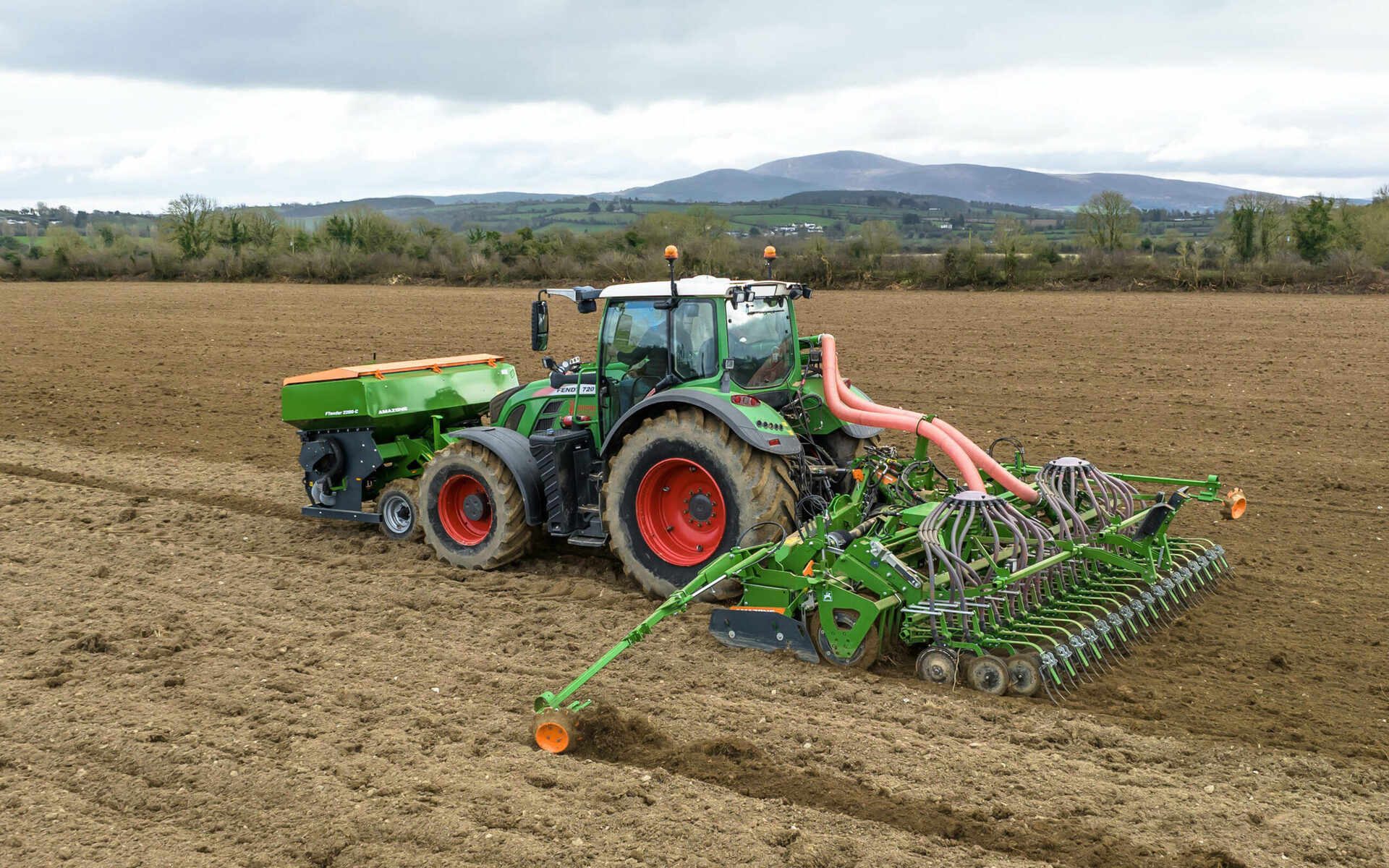
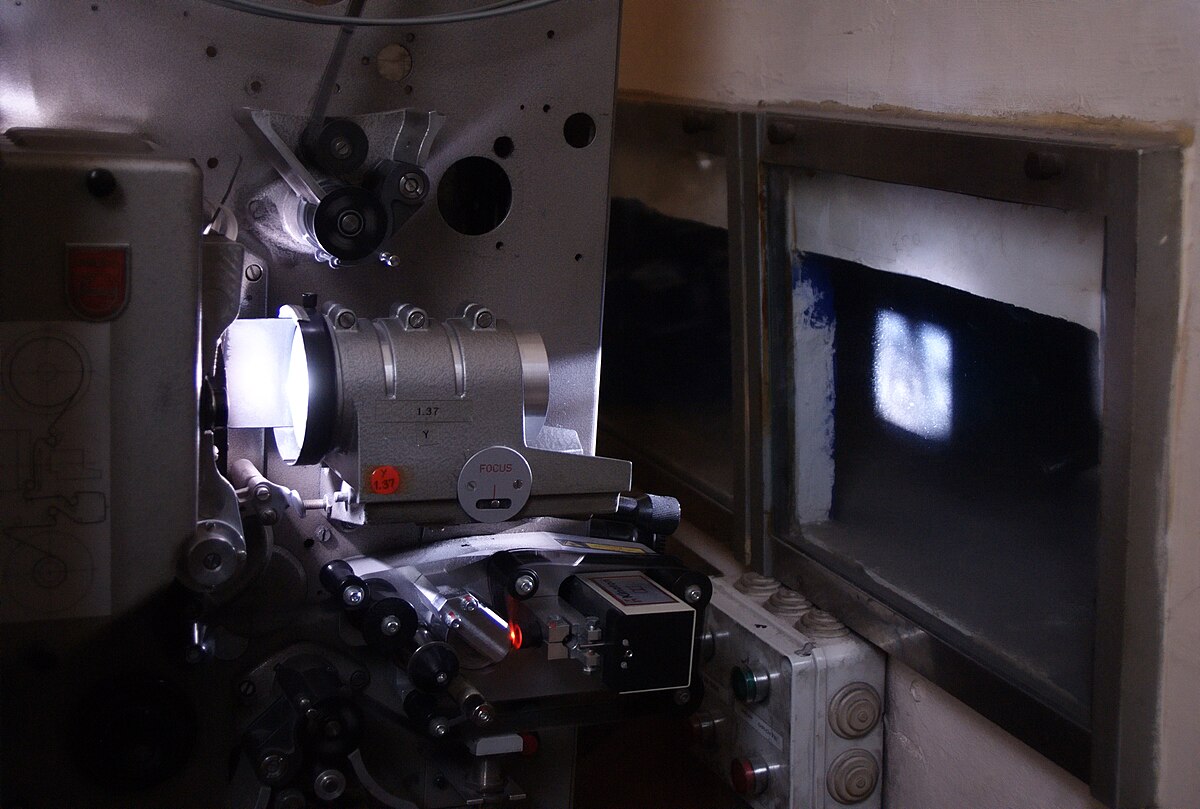
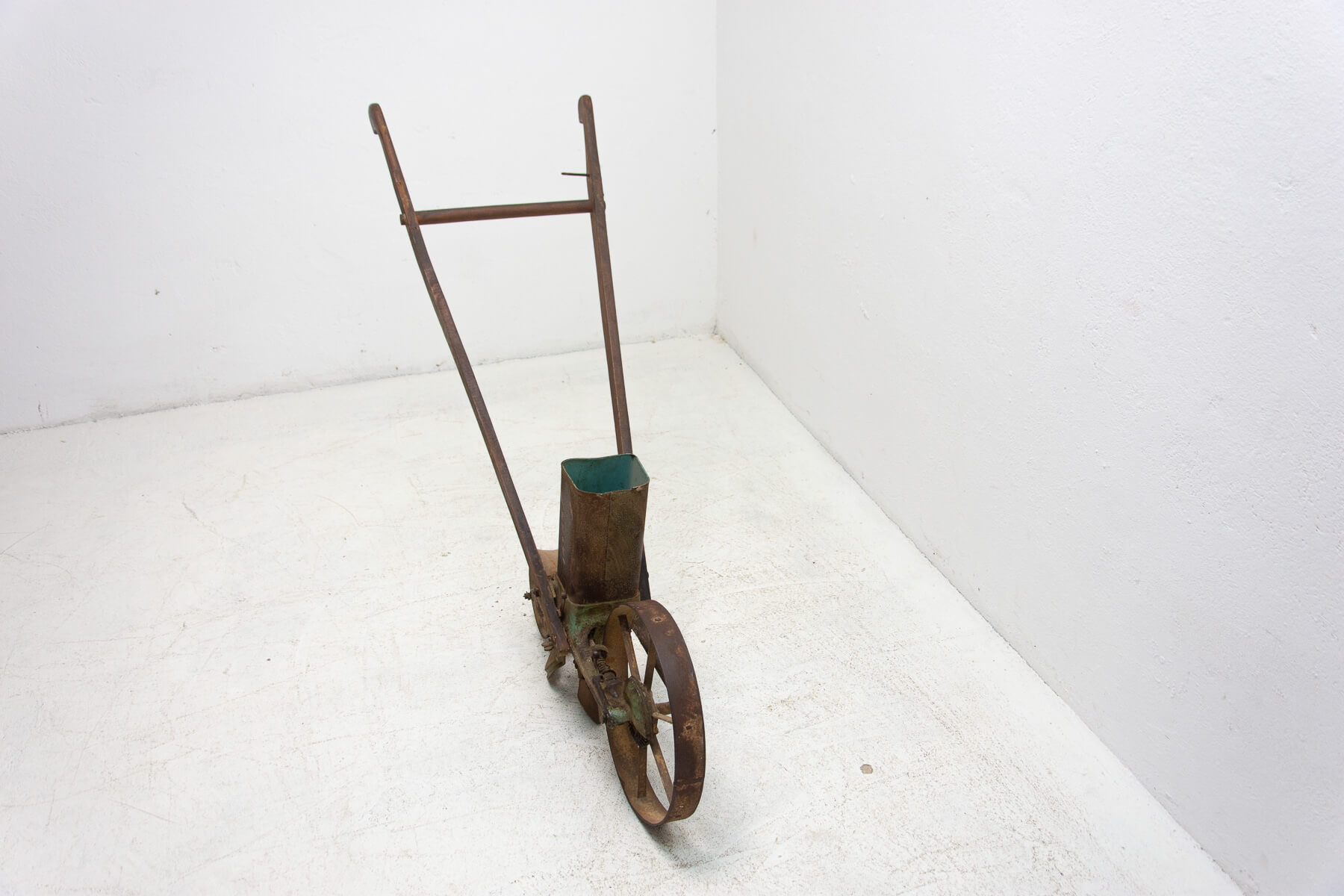
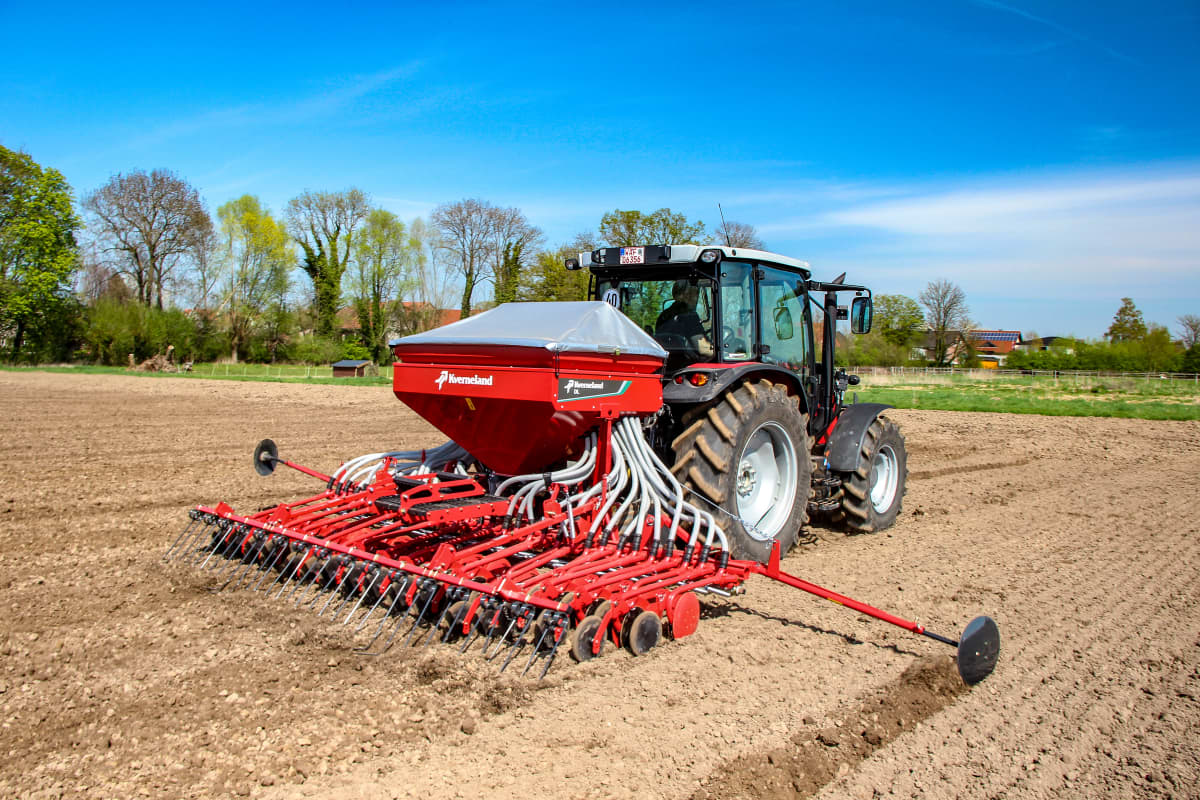
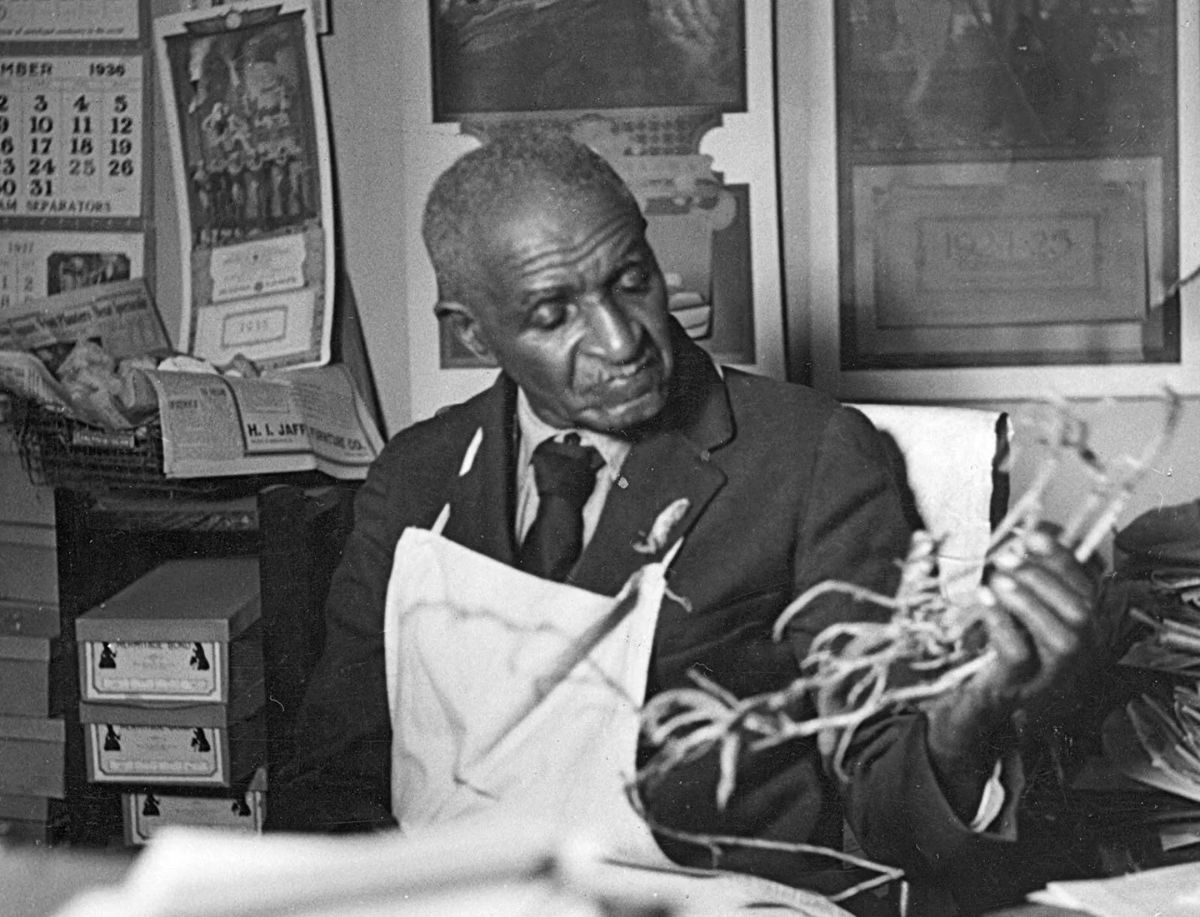
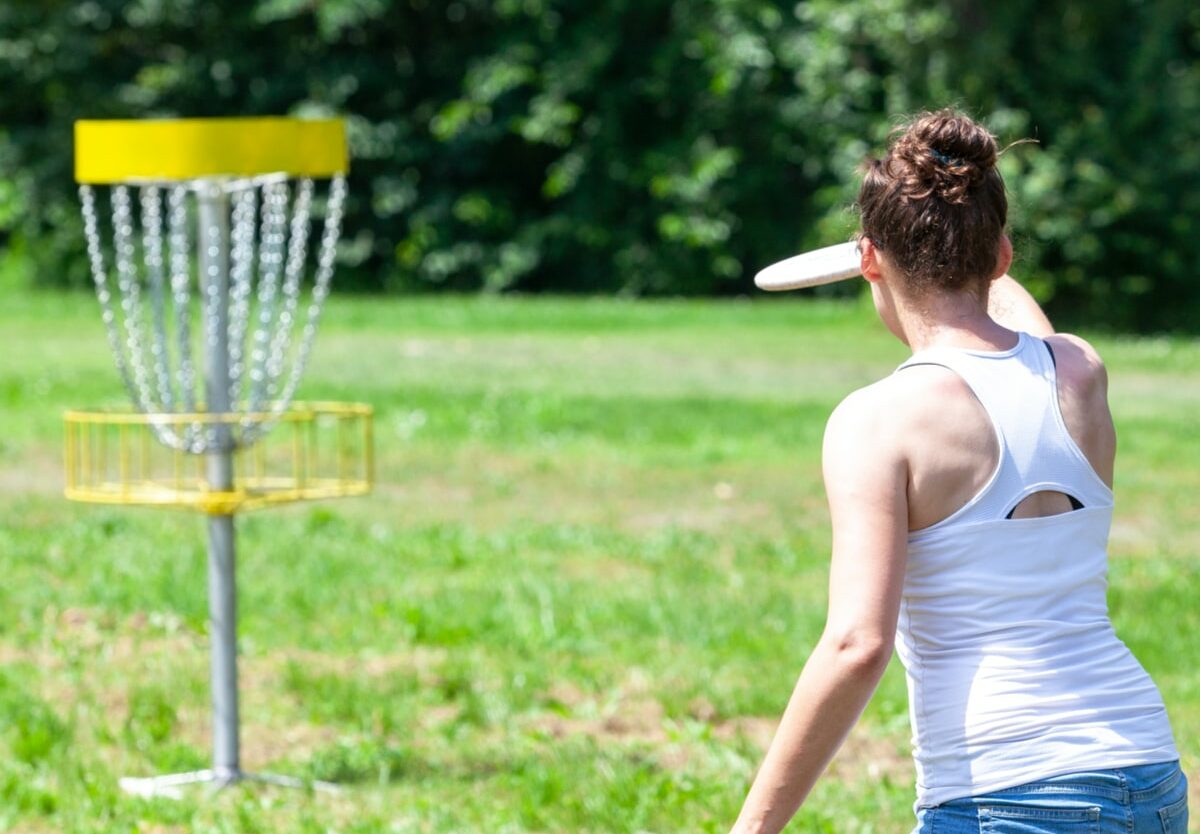




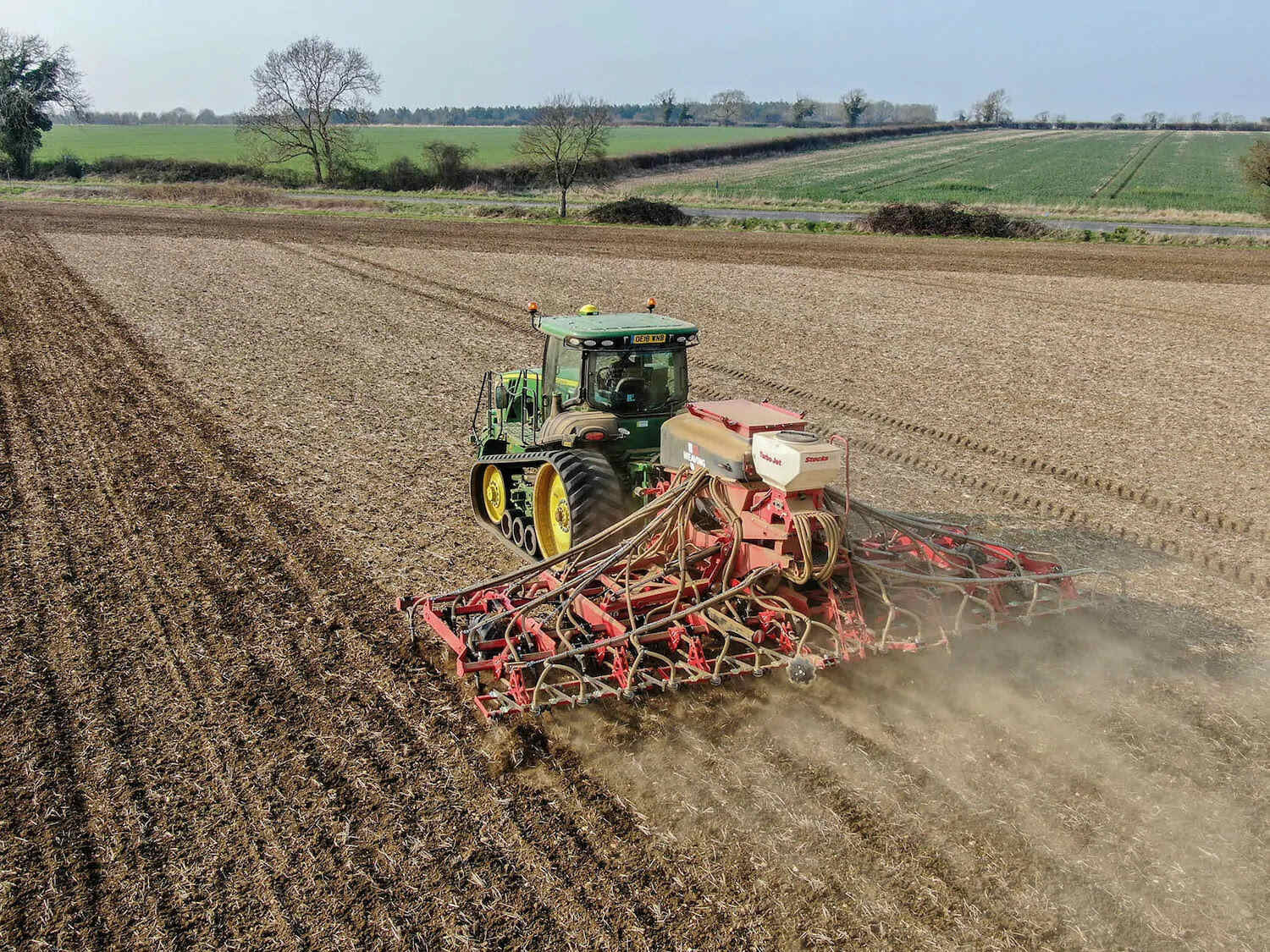
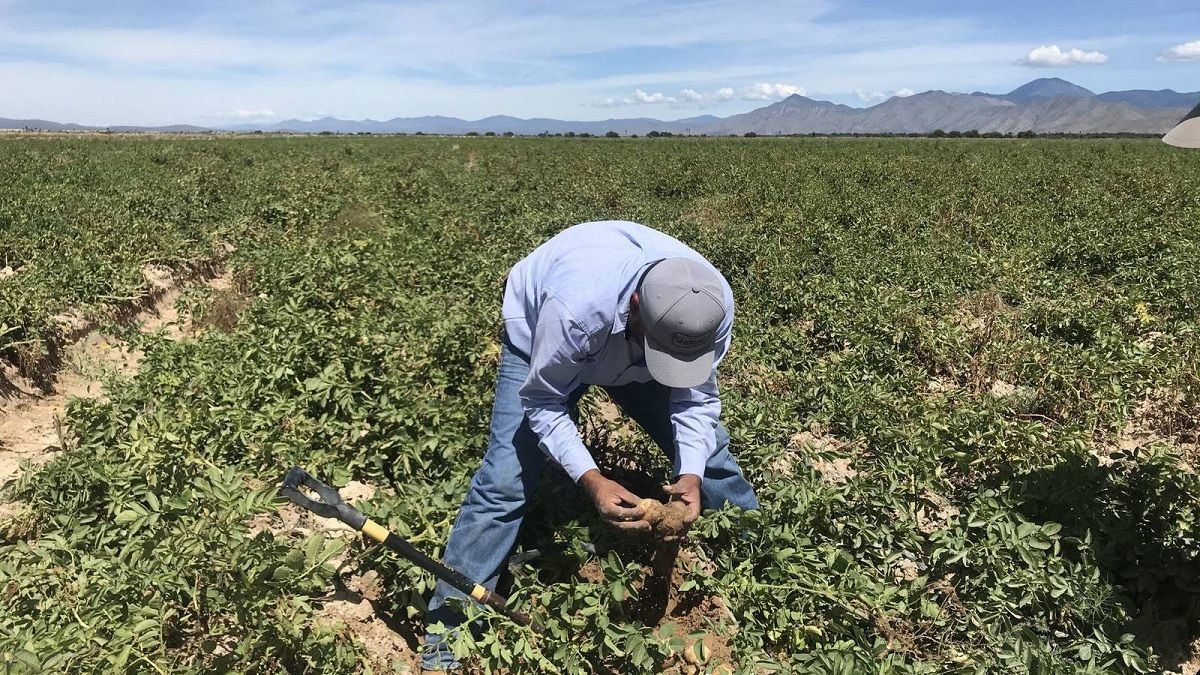

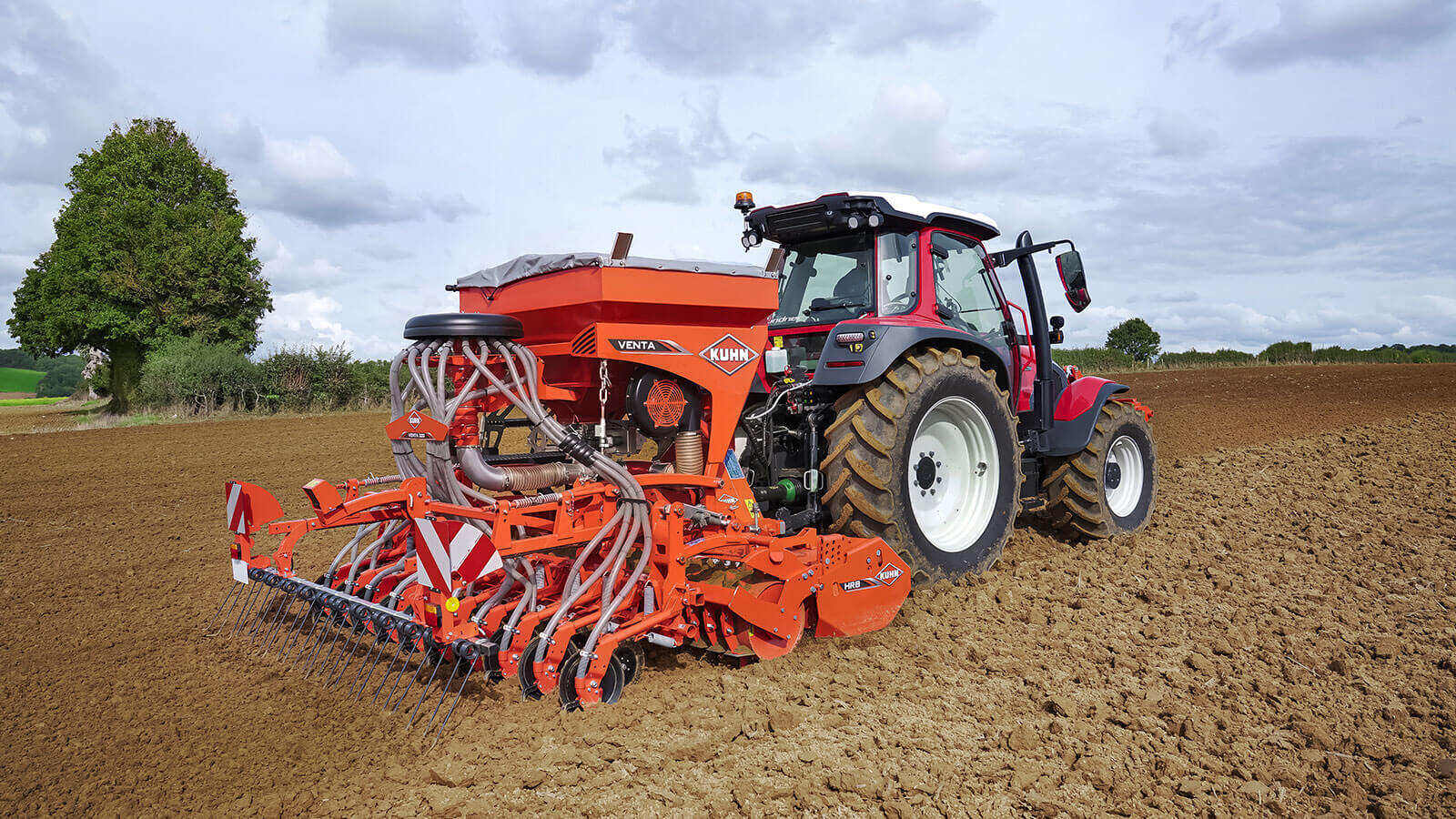

0 thoughts on “Where Was Seed Drill Invented”